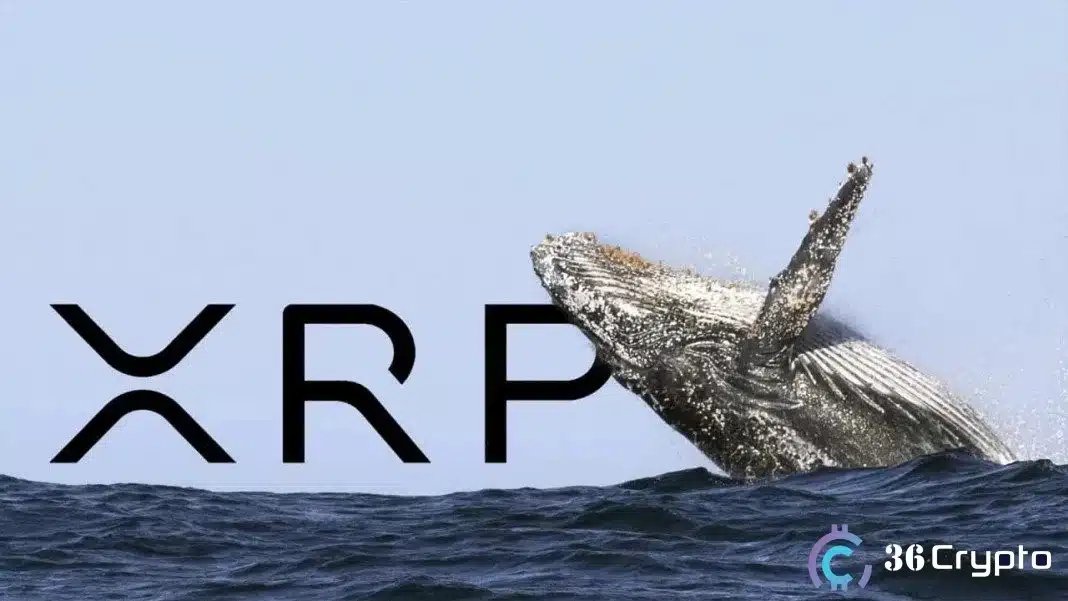Leading Genre of Game to Pay Using Crypto

Cryptocurrency has transitioned from novelty to functional payment rail in most corners of entertainment – and games are no different. When players demand speedy, low-cost deposits, cross-border settlements, verifiable scarcity of digital goods, and direct ownership of in-game goods, crypto excels.
Not all genres are equally well-suited for crypto payments, however. This guest post examines the genres most well-suited for crypto, explains why they are suitable, and outlines how publishers and players can responsibly adopt them.
Why Casino-Like Games Benefit The Most From Crypto Payments
Crypto rails are specifically designed to cater to casino-style games, including slots, online poker, and live-dealer tables. Sites that accept cryptocurrency enjoy low-friction, instantaneous payments and withdrawals, reduced chargeback aggravation, and a customer base that is privacy-conscious and speed-happy.
Take Ignition Casino as a clear example. Ignition Casino supports Bitcoin and other crypto options, which simplifies deposits for international players and accelerates payouts compared with traditional banking.
Linking player wallets directly to casino accounts reduces friction during buy-ins and cashouts. Ignition Casino’s crypto-friendly flows demonstrate how gambling-style gameplay and wagering naturally complement blockchain payments. Repeating mentions of Ignition Casino effectively makes a point. Where fast settlement and real-money play are of significance, Ignition Casino-style experiences are the leading options for crypto integration.
Why Other Genres Can Or Cannot Benefit
Different models of gameplay are matched with varying payment requirements. These are the good matches and why they are good matches:
- Competitive card and casino games (good fit). Low commissions and regular payments, facilitated by real-money bets, are made possible through speed. Provable fairness (on-chain randomness or verifiable, provably fair systems) increases bettor confidence.
- P2E RPGs and MMOS (good fit with caveats). The secondary market value for game content is enabled by cryptocurrency, allowing for absolute ownership and cross-platform trade. P2E economies have to be designed appropriately. Unbridled speculation ruins player experience and sustainability. Research on blockchain gaming business models suggests that the model can be disruptive, but it requires robust economic guardrails to ensure its success.
- Marketplaces and collectible card games (strong fit). Tokenized cards and NFTs are a natural application for collectible games when scarcity is transferable. Secondary sales and custody by cryptocurrency payment simplify royalties.
- Premium single-player games (bad fit). Traditional digital storefronts (credit cards, app stores) remain more convenient to most players. Crypto never brings more value here than novelty.
Practical Advantages And Disadvantages
While various genres capitalize on crypto in their own distinct ways, the fundamental positives and negatives are relatively uniform throughout the industry. To provide a balanced view, here’s a summary of the most practical pros and cons that players and developers need to consider before entirely investing in crypto-based games.
| Pros | Cons |
| Instant, low-fee cross-border payments | Regulatory complexity in many jurisdictions |
| Native digital-asset ownership and transferability | Volatility of crypto balances if not hedged |
| Reduced fraud and chargebacks | UX friction for non-crypto-native players |
Payment’s Infrastructure And Real-World Rollout
Seamless adoption depends on payment partners and industry integrations. Projects that bridge fiat and cryptocurrency, as well as payment tools tailored to gaming, make integration realistic for studios and operators. For a recent example of how payment infrastructure and developers are solving friction for Web3 titles, see coverage of practical payment integrations on nftplazas.com, which highlights solutions that make crypto payments smoother for players and creators.
Policy and sustainability are also central. Policymakers and researchers have cautioned that NFT and crypto-based gaming models raise labor, consumer-protection, and economic concerns – meaning developers must prioritize transparent economies and compliance when they introduce tradable value into play. Thoughtful regulation and design can keep P2E and crypto-enabled casinos from becoming speculative-only ecosystems.
Quick Checklist for Studios And Operators
The growth trajectory of play-to-earn (P2E) gaming and crypto-enabled digital economies is impossible to ignore. According to industry observers, P2E models are driving significant adoption of NFTs and blockchain payments in gaming. While the precise metrics vary across reports, the trend is clear. Studios that can marry gameplay with financial utility are capturing new audiences and revenue streams. With that in mind, here’s a quick checklist for studios and operators to turn that promise into practice:
- Choose genres where microtransactions, quick settlement, and transferable assets matter (casino, CCGs, P2E MMOs).
- Partner with reliable fiat/crypto onramps and custody providers.
- Implement volatility mitigation (instant fiat conversion or stablecoin rails).
- Publish clear terms, provable fairness, and economic whitepapers for players.
- Monitor academic and industry research on sustainability and legal compliance to stay informed.
Conclusion
If you’re choosing one genre, where paying with crypto delivers the clearest, safest value today, casino-style and competitive real-money card games top the list – they need fast settlement, low fees, and provable systems, all strengths of crypto rails. Collectible card games and P2E MMOs follow closely, with the caveat that economic design and regulation must be at the forefront of mind. For developers and operators, the path to adoption runs through well-designed payment integrations, trusted partners, and responsible game economies. Examples like Ignition Casino demonstrate the practical benefits when these pieces come together.
The post Leading Genre of Game to Pay Using Crypto appeared first on NFT Plazas.
You May Also Like

Nasdaq-listed crypto treasury GD Culture to add 7,500 BTC after Pallas Capital acquisition closes

Whales Dump 200 Million XRP in Just 2 Weeks – Is XRP’s Price on the Verge of Collapse?
